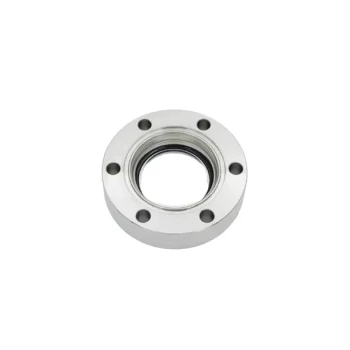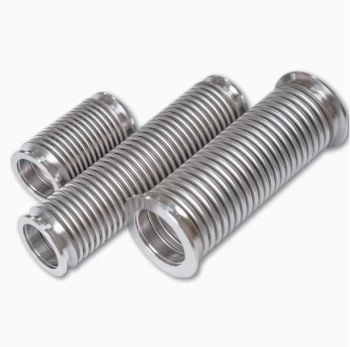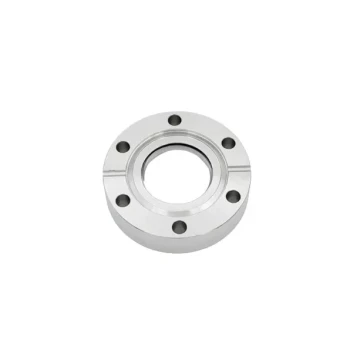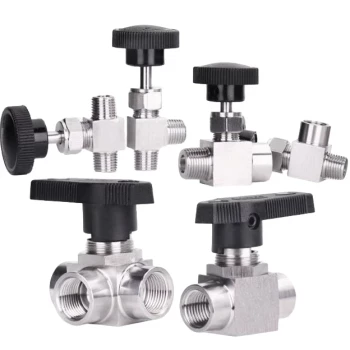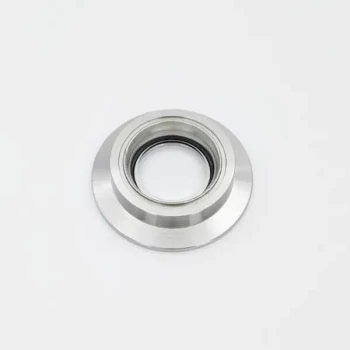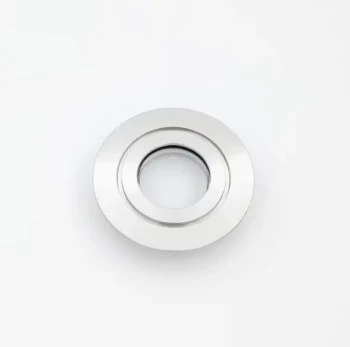Fixturing plays a critical role in optimizing the CVD (Chemical Vapor Deposition) coating process by ensuring part stability, uniformity, and efficiency. Proper fixturing minimizes handling damage, enhances coating consistency, and improves overall process reliability—key factors for purchasers evaluating equipment or consumables for high-temperature coating applications.
Key Points Explained:
-
Secure Part Handling During Critical Stages
- Fixturing holds parts firmly during transportation, surface preparation, and coating application, preventing misalignment or movement that could lead to uneven coatings or defects.
- Example: High-temperature-resistant fixtures (e.g., graphite or ceramic) withstand CVD’s 1000°C–1150°C environment while maintaining part positioning.
-
Consistent Coating Coverage
- Uniform part orientation ensures even gas flow and reactant exposure, critical for achieving homogeneous film thickness and composition.
- Purchaser insight: Fixtures designed for part-specific geometries (e.g., rotational fixtures for complex shapes) can enhance coating uniformity, reducing material waste.
-
Improved Surface Preparation
- Fixtures enable consistent cleaning and pre-treatment (e.g., etching) by stabilizing parts, which directly impacts coating adhesion and quality.
- Consideration: Modular fixtures allow quick adaptation for different part batches, streamlining workflow.
-
Damage Prevention During Shipping/Handling
- Robust fixturing protects parts from mechanical shocks or contamination between process stages, reducing scrap rates.
- Cost angle: Fewer damaged parts lower operational costs, justifying investment in durable fixtures.
-
Enhanced Process Efficiency
- Automated fixture systems (e.g., robotic loading) reduce manual handling, increasing throughput and repeatability.
- High-efficiency note: Integrated fixtures with thermal mass optimization can shorten cycle times by improving heat distribution.
-
Material Compatibility
- Fixture materials must resist CVD’s harsh conditions (e.g., corrosive gases, extreme heat) without degrading or contaminating coatings.
- Purchasing tip: Prioritize fixtures made from materials like silicon carbide or refractory metals for long-term reliability.
-
Scalability for Production Volume
- Customizable fixtures support small-batch R&D and large-scale production, offering flexibility for growing operations.
By addressing these factors, fixturing transforms CVD from a technically complex process into a controlled, repeatable system—delivering higher yields and consistent quality that purchasers value.
Summary Table:
| Key Benefit | Impact on CVD Process |
|---|---|
| Secure Part Handling | Prevents misalignment, ensuring even coating and reducing defects. |
| Consistent Coating Coverage | Uniform gas flow exposure for homogeneous film thickness. |
| Improved Surface Preparation | Stabilizes parts during cleaning/etching, enhancing adhesion. |
| Damage Prevention | Reduces scrap rates by protecting parts during handling. |
| Enhanced Process Efficiency | Automated fixtures increase throughput and repeatability. |
| Material Compatibility | High-temperature-resistant materials (e.g., graphite) prevent contamination. |
| Scalability | Adaptable fixtures support R&D to mass production. |
Optimize your CVD coating process with precision fixturing solutions from KINTEK! Our expertise in high-temperature furnace systems and deep customization capabilities ensures your fixtures are tailored for durability, efficiency, and flawless coating results. Whether you need graphite fixtures for extreme heat or automated loading systems for scalability, we deliver solutions that enhance yield and reduce costs. Contact us today to discuss your project requirements!
Products You Might Be Looking For:
High-temperature-resistant observation windows for CVD monitoring
Precision vacuum feedthroughs for CVD power delivery
Reliable vacuum valves for CVD gas control
